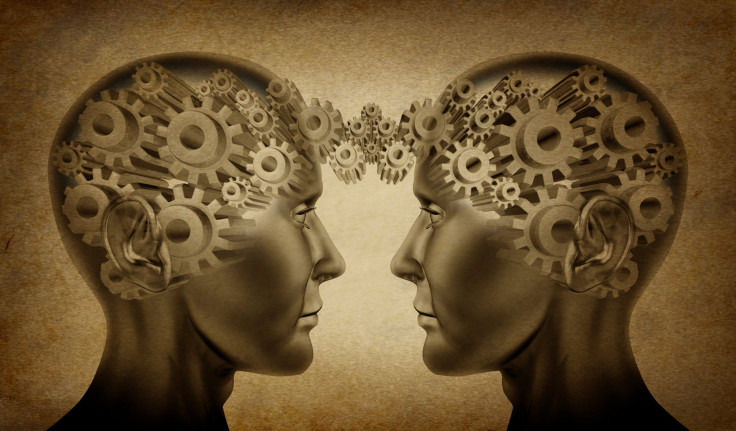The Brain Of An Introvert Compared To That Of An Extrovert: Are They Really Different?

With all this talk about introversion and extroversion these days, you might already know which one you identify with. But the way our brains are wired — and our brain chemistry — can help us understand what’s really going on in the minds of introverts and extroverts that make them who they are.
The brains of introverts and extroverts aren’t really that different when it comes to the big picture. Introverts aren't “smarter” than extroverts, and vice versa. But research completed over several decades has shown that the brains of introverts and extroverts are activated differently depending on their circumstances, and it has a lot to do with dopamine, a neurotransmitter that controls the brain's reward and pleasure systems.
Introvert Vs Extrovert
Common knowledge dictates that introverts are quieter and tend to feel more energized from spending time alone, while extroverts are louder and gain reinforcement and energy from being with others. Extroverts often exhibit qualities of charm, charisma, and persuasion, while introverts tend to be creative and prefer to work alone.
But it’s not always black and white: we all exist on a spectrum between introversion and extroversion, manifesting qualities of each depending on the circumstance. If you’ve partied your extroverted self out for the weekend, you might want to spend Monday night completely alone in your pajamas reading a book or watching Netflix. If you find that your co-workers are distracting even though you enjoy being social, you might find it nice to take up some introverted qualities like brainstorming alone. And being an introvert doesn’t mean being a hermit: introverts can often be charming social butterflies in their own quiet way.
The Science Behind It
In the 1960s, a psychologist named Hans Eysenck theorized that extroverts had a lower level of something called “arousal.” Eysenck believed that extroverts required more stimulation from the world in order to feel alert and awake, while introverts were easily over-stimulated. This helped to explain extroverts’ sense of risk-taking, challenges, and constant social company to keep them stimulated, while introverts often had to seek out alone time in order to lower their over-stimulation — thriving best at home, in library corners, or in peaceful parks.
This notion paved the way for scientists to delve a little deeper into our minds to help understand what defined these two different personalities. In 2005, researchers concluded in a study that it all might be linked to dopamine — the reward system in the brains of extroverts responded differently than those of introverts. In the study, researchers used a brain scanner to examine responses from participants who were doing a gambling task. They found that when gambling brought positive results, the extroverts exhibited a stronger response in two regions of the brain: the amygdala and the nucleus accumbens, showing that they processed surprise and reward differently than introverts. If extroverts responded more strongly to gambling paying off, they probably would respond more strongly to adventures, social challenges, or taking risks.
A 2012 study completed by Randy Buckner of Harvard University discovered that introverts tended to have larger, thicker gray matter in their prefrontal cortex — a region of the brain that is linked to abstract thought and decision-making — while extroverts had less gray matter. Buckner concluded that this might be accountable for introverts’ tendencies to sit in a corner and ponder things thoroughly before making a decision, and extroverts’ ability to live in the moment and take risks without fully thinking everything through (which has its cons and benefits, of course).
Your brain is the most complex part of your body — and far more research needs to be done to understand what causes, and defines, personality. But perhaps instead of trying to draw a line between the two, maybe it’s best to be somewhere in the middle, taking part in the best of both worlds. As Hungarian psychologist Mihaly Csikszentmihalyi explained, his most artistic patients often drifted between introversion and extroversion: “[They’re] usually one or the other,” he wrote, “either preferring to be in the thick of crowds or sitting on the sidelines and observing the passing show.”
Published by Medicaldaily.com



























